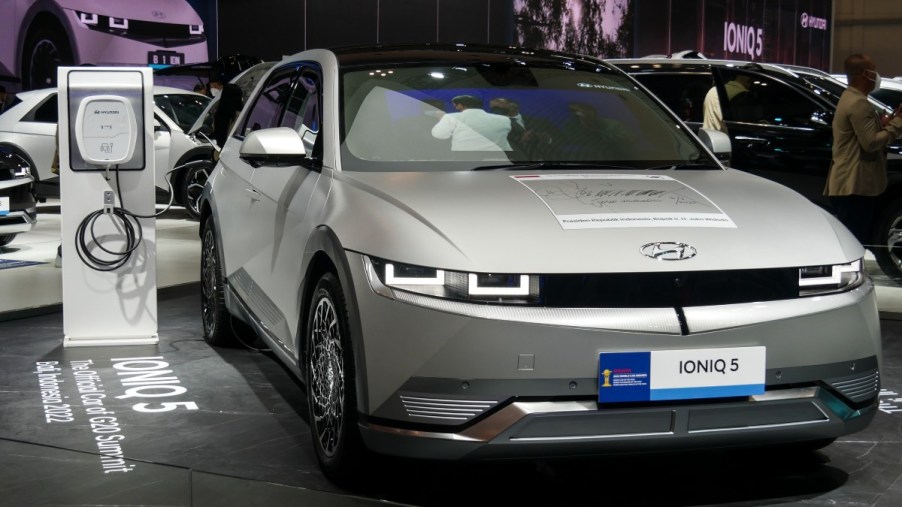
A 17-Year-Old Is Looking to Change the Electric Car Industry as We Know It
The electric vehicle industry is constantly evolving, with automakers working hard to make the next significant innovation. But, the biggest innovation for electric cars could come from a high school in Fort Pierce, FL, thanks to Robert Sansone, a 17-year-old inventor. Robert Sansone, a motivated high school student, realized there could be a more sustainable way to create an electric motor.
How does an electric motor work?
Right now, the most common electric motors use a rotating electromagnetic field to spin a rotor. This electromagnetic field is created thanks to wire coils on the motor’s outer portion, known as a stator. These motors, permanent magnet motors, utilize magnets at the edge of the spinning rotor that is attracted to the opposite poles and, in turn, the attraction spins the rotor.
However, permanent magnet motors are not the only type of electric motor that automakers utilize for the electric cars. Automakers also use an induction motor.
What did Robert Sansone create for electric cars?
Robert Sansone saw how electric motors worked and realized there could be a more sustainable way to create an electric motor for electric cars. One of the downsides to modern electric motors is that these motors use scarce materials in the magnets. Those materials are hard to find and are necessary to make other products. Because of this, electric motors can be costly to manufacturers, both financially and environmentally.
This 17-year-old inventory had heard of another type of electric motor that could benefit electric cars. Instead of less sustainable motors, such as the permanent magnet motors, Robert Sansone worked to create a prototype of a novel synchronous reluctance motor. This prototype could have a higher rotational force and efficiency. With the help of a 3-D printer and many other materials, he created a prototype that helped him win first place in the Society for Science Regeneron Internation Science and Engineering Fair.
What is a synchronous reluctance motor?
Unlike a permanent magnet or induction motor, synchronous reluctance motors don’t use magnets. Instead of magnets, a synchronous reluctance motor does not use magnets. The reluctance, the material that creates the magnetic field, makes this motor work so great. A steel rotor spins along that magnetic field, which, in turn, creates the torque necessary to generate power. Furthermore, there are air gaps in this motor that are vital for developing the torque.
Another big aspect of this new electric motor is that it can increase torque and power with a slight change. This engine depends on a saliency ratio or the difference in magnetism between the different materials. The prototype developed by Robert Sansone determined that if another magnetic field was involved, the engine could be more powerful.
The prototype was created by this 17-year-old inventor using a 3-D printer to create a scale model of this electric car motor. To ensure he could get a working version of his idea, he went through 15 different versions. On the 15th, he was finally able to get an operating version. With that prototype, he was able to test his prototype and found some encouraging results.
With the prototype, he tested it as both a traditional set-up and his unique, more advanced version and found that, in his version, the engine created 39 percent more torque and was 31 percent more efficient. Additional tests proved his point, despite not being able to turn the engine to higher revolutions per minute because of the risk of melting the plastic parts in the motor.
This new engine could be a sign of what’s to come for electric cars

Electric cars are exciting, and automakers are looking to make the next big advancement. The next significant advancement for electric vehicles could be the result of Robert Sansone, a 17-year-old inventor. His novel synchronous reluctance motor has the opportunity to revolutionize the electric car market.


